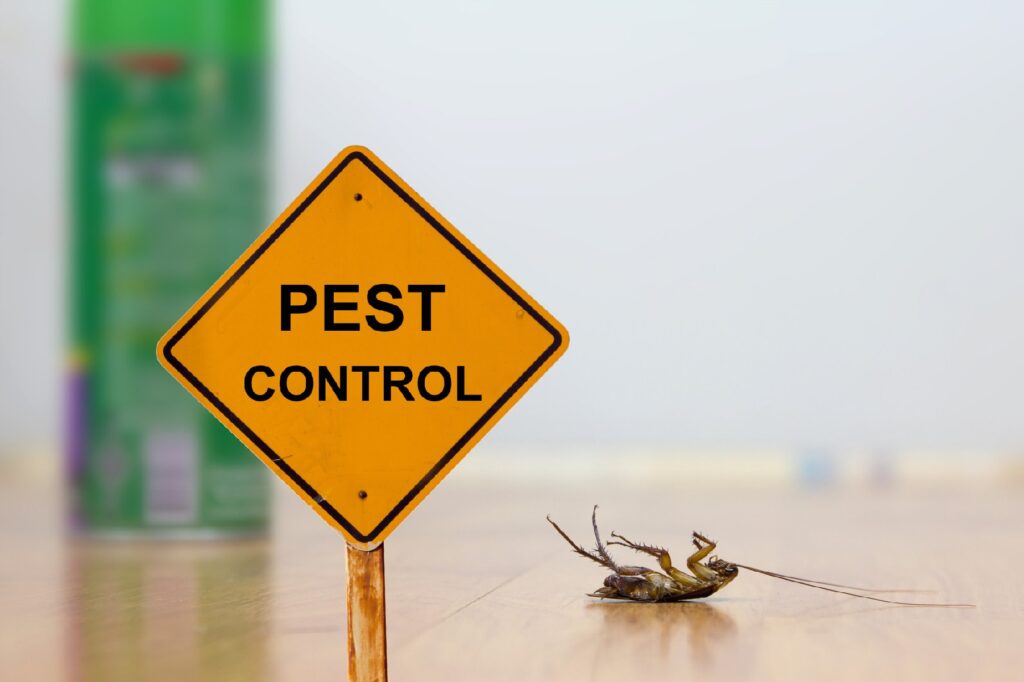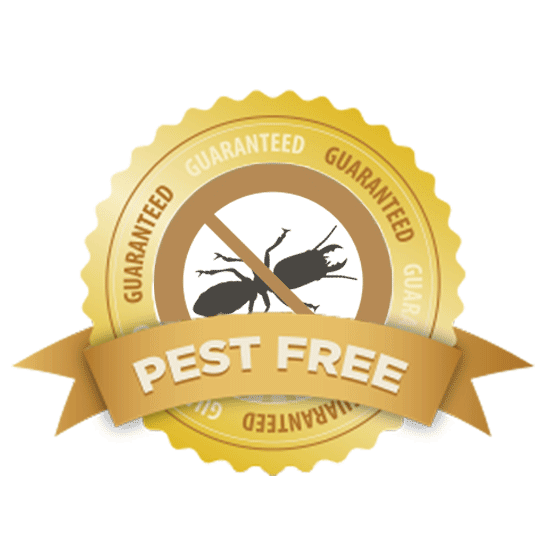Efficient A1 Bed Bug Treatment in Charlotte - Safe and Proven Techniques
Efficient A1 Bed Bug Treatment in Charlotte - Safe and Proven Techniques
Blog Article
Bed Bug Treatment Breakdown: Comparing Chemical Vs. Non-Chemical Solutions
In the realm of bug control, especially when managing the consistent problem of bed bugs, the selection in between chemical and non-chemical therapy remedies can be a pivotal one. Both approaches use distinctive benefits and downsides, affecting elements such as efficiency, safety and security factors to consider, and total cost. By taking a look at the nuanced details of each technique, a clearer understanding of which course to pursue in addressing a bed pest infestation can be attained.
Performance of Chemical Treatments
Chemical therapies for bed pest invasions have actually been widely acknowledged for their rapid and powerful efficiency in eradicating these insects. When taking into consideration the effectiveness of chemical treatments, it is essential to comprehend that they can supply a detailed and quick remedy to a bed bug issue. Specialist pest control operators frequently rely upon insecticides to target bed insects at various stages of their life process, including eggs, adults, and nymphs. These chemicals generally function by disrupting the bed insects' anxious system, bring about paralysis and ultimate death.
In addition, chemical therapies have the benefit of supplying residual results, meaning that they can continue to remove bed insects even after the initial application. This recurring action is specifically useful in combating any type of possible re-infestations. In addition, the rapid action of chemical therapies can bring alleviation to individuals encountering severe bed insect infestations, enabling them to regain control of their living areas promptly.
Safety And Security Worry About Chemical Solutions
One important element that needs careful consideration when utilizing chemical solutions for bed bug therapy is ensuring the safety of passengers and the atmosphere. Exposure to specific chemicals made use of in bed insect treatments can lead to breathing issues, skin irritation, or various other unfavorable reactions, specifically in individuals with pre-existing problems or sensitivities.
Furthermore, the ecological impact of chemical solutions is an additional significant factor to consider. Some chemicals used in bed insect treatments might be harmful to useful insects, wildlife, and communities if they leach right into the dirt or water systems. It is necessary to make use of chemical treatments carefully, adhering to safety guidelines, and taking into consideration less hazardous alternatives to minimize these dangers and ensure the safe and reliable administration of bed pest invasions.
Benefits of Non-Chemical Approaches
Thinking about the prospective safety and security concerns and environmental effect connected with chemical solutions for bed insect treatment, discovering non-chemical techniques provides an encouraging choice with numerous unique advantages. Non-chemical techniques use a more secure alternative for houses, especially those with children, animals, or people delicate to extreme chemicals. These techniques get rid of the risks of direct exposure to hazardous substances, reducing the potential for adverse health impacts. Additionally, non-chemical treatments are eco-friendly, as they do not visit our website add to air or water contamination, making them a sustainable choice for parasite control.
Additionally, non-chemical options can be efficient in targeting bed pests, consisting of hard-to-reach locations where chemical treatments may not penetrate. Methods such as warmth treatment, vacuuming, vapor cleaning, and bed mattress encasements provide complete obliteration without using harmful chemicals. Additionally, non-chemical approaches can be much less turbulent, requiring marginal preparation and enabling quicker reentry into treated locations. Generally, going with non-chemical bed bug therapy methods not just focuses on safety and environmental management however additionally guarantees effective and extensive bug control.
Limitations of Non-Chemical Treatments

Furthermore, non-chemical treatments frequently require multiple applications to achieve effective eradication. This can be lengthy and may not constantly guarantee total removal of all bed bugs and their eggs, especially in hidden or hard-to-reach areas.
Moreover, the success of non-chemical therapies greatly depends on visit here correct application and thoroughness, which can be testing for people without expert experience. Poor application of non-chemical methods may lead to insufficient obliteration, leading to persistent invasions and the requirement for added treatments.
As a result, while non-chemical treatments have their benefits, it is important to recognize these restrictions and consider them when establishing the most reliable technique for taking care of bed pest problems.
Expense Contrast: Chemical Vs. Non-Chemical Options
Given the restrictions associated with non-chemical therapies, an essential element to evaluate in the context of bed insect management is the expense comparison between chemical and non-chemical alternatives. In contrast, non-chemical therapies like heat therapy or heavy steam can be much more pricey, with expenses ranging from $1,000 to $6,000 for an entire home. While the preliminary price of chemical therapies might appear additional reading reduced, multiple treatments might be needed to totally eliminate the problem, potentially raising the total price.
Conclusion

Thinking about the prospective security concerns and environmental effect linked with chemical remedies for bed pest treatment, exploring non-chemical approaches provides a promising alternative with a number of distinct advantages.Given the restrictions associated with non-chemical therapies, a necessary aspect to examine in the context of bed insect monitoring is the cost contrast in between chemical and non-chemical choices. In contrast, non-chemical treatments like heat treatment or steam can be a lot more costly, with prices ranging from $1,000 to $6,000 for an entire home. While the preliminary cost of chemical treatments may appear reduced, numerous treatments may be called for to completely remove the problem, possibly raising the overall expense.In final thought, when contrasting chemical and non-chemical bed insect therapy choices, it is necessary to think about effectiveness, safety and security, advantages, restrictions, and cost.
Report this page